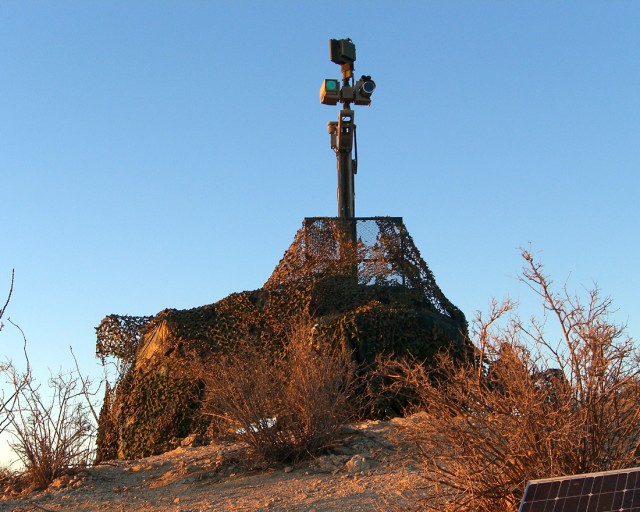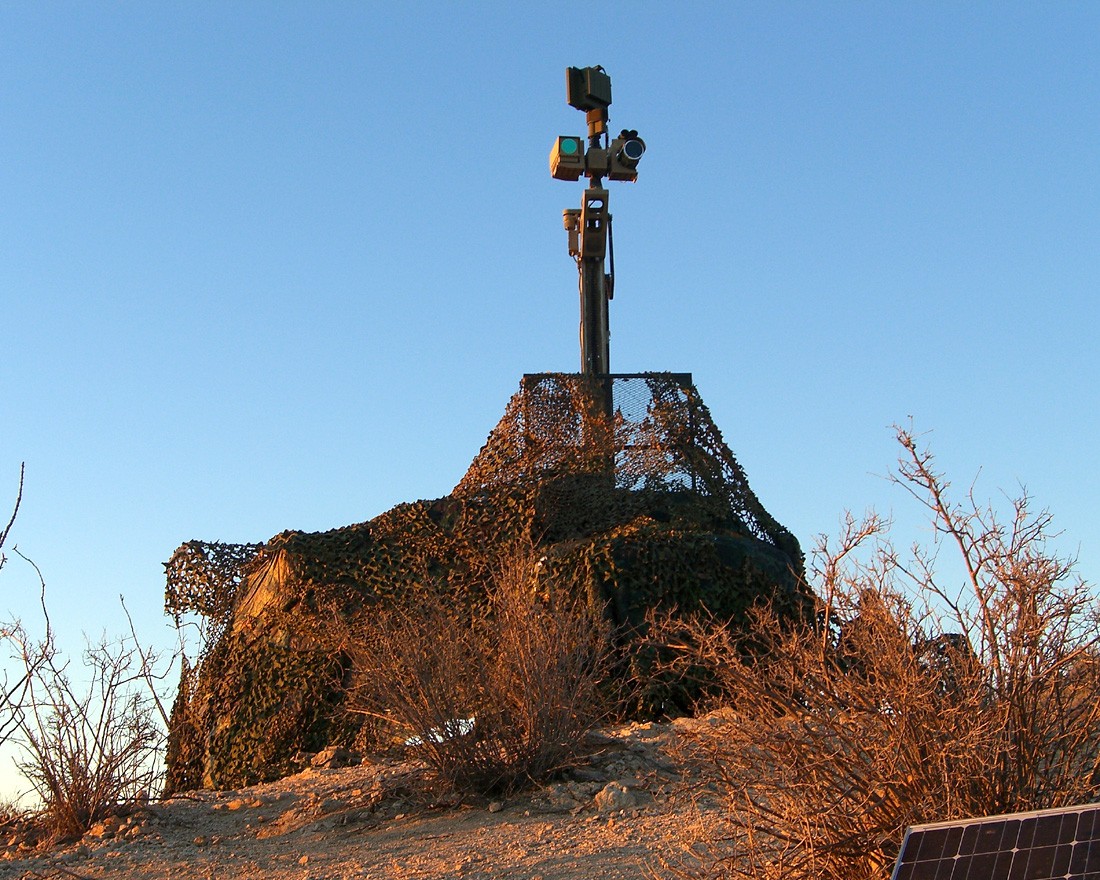FORT MONMOUTH, N.J. - U.S. Army Communications-Electronics Research, Development and Engineering Center is deploying an engineer and its technology systems to aid Haitian humanitarian assistance and disaster relief efforts following the recent 7.0-magnitude earthquake.
CERDEC's Night Vision and Electronic Sensors Directorate's Cerberus system, along with a support engineer, is standing by to deploy with the 82nd Airborne Division. Cerberus is a system of integrated sensors that provides perimeter surveillance. It contains a thermal imager, day camera, radar, batteries and generator mounted on a lightweight trailer or tripod for ease of mobility.
While Cerberus's official function in Haiti is still unknown, the system has the ability to provide security to areas such as airports that house relief supplies.
Airlift and mission priorities dictate deployment timelines. Fort Bragg officials are making every effort to ensure Soldiers and equipment arrive as quickly as possible to start performing their mission. The extensive damage to Haiti's vital infrastructure has hampered the speed of deployment ability to arrive as quickly as the 82nd Airborne Division otherwise could.
The Research, Development and Engineering Command has surveyed all of its centers and labs to assemble a list of relevant capabilities that could be of service in relief and recovery efforts. CERDEC's Cerberus is only the first of those resources tapped to deploy.
CERDEC employees have reported more than 10 deaths of family members in Haiti. Like many others afflicted by this tragedy, they are awaiting word from relatives and friends they've lost contact with in Haiti.
For more information on CERDEC technologies being used in the Haiti humanitarian support and relief efforts, contact CERDEC Public Affairs at (732) 532-5225.


Social Sharing